Political correctness has never seemed less correct. It’s been blamed for Brexit, the rise of Trump and the woes of the white working-classes. But for all the complaints about our language being over-policed, without some care we can easily lapse, or be led, into tropes that don’t liberate our thought, but warp it.
Linguistic dehumanisation can, and often has, been followed by physical violence.
These six insidiously powerful metaphors show how, when we lose control of language, we lose control of humanity.
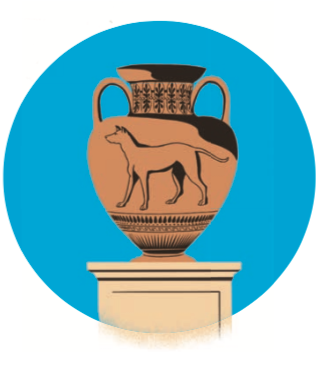
Bitch
In 780BC, the poet Semonides of Amorgos deployed an epithet that would have remarkable longevity. He depicted women as “bitches who stray everywhere, always yapping. A man cannot stop her by knocking out her teeth with a stone. Ceaselessly, she continues barking.” Academic studies have shown that men who instinctively associate women with animals are more likely to commit sexual assault or violence against them. Mel Gibson and OJ Simpson both used the word about their girlfriends before attacking them.
Yet the word has become worryingly normalised: between 1997 and 2008 the use of the word on television trebled, and is a common term of abuse against women on social media. And, of course, Donald Trump was caught on tape saying, “I moved on her like a bitch,” before describing his “seduction” technique.
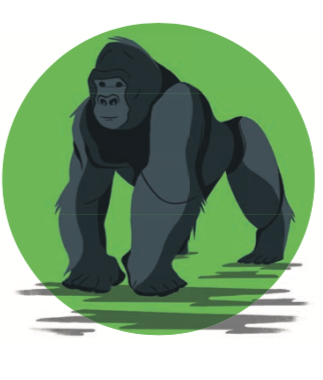
Ape
The idea of black people as “apes” is so repellent it’s hard to believe it emerged from supposedly rational scientists. Carl Linnaeus’s 1758 Systema Naturae depicted them as the missing link between apes and human. His idea, which has no basis in fact, warped scientific thinking through to the early 20th century—and it still warps social attitudes.
Jennifer Ebenhart at Stanford found that black men were far more likely than whites to be described with ape metaphors in criminal trials: “whooping,” “aping,” “urban jungle.” Police officer Larry Powell described a mixed-race couple as like Gorillas in the Mist shortly before giving Rodney King the beating that would spark the 1992 LA riots.
Black football players may get pelted with fewer bananas these days, but Michelle Obama, Diane Abbott and Gina Miller have all endured epithets to do with monkeys or apes. The press routinely describes the Calais camp that houses largely-African migrants as “the jungle.”
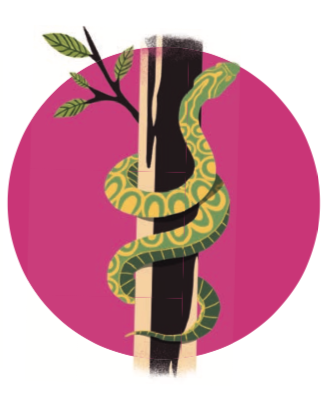
Snake
In one of Hitler’s first major speeches, in April 1922, he referred to the Jews as a “brood of vipers.” This imagery was later propagated across Nazi Germany, through posters, films, even children’s books. When Der Stürmer published Aesop’s “The Farmer and the Viper,” they added a postscript: “Just as the danger of poisonous snakes is eliminated only when one has completely eradicated poisonous snakes, the Jewish questions will only be solved when Jewry is destroyed.”
Today, similar imagery is resurgent in Trump’s America. An alt-right website, the Daily Stormer (a proud tribute to Der Stürmer) depicts Jewish figures as “snakes,” alongside grotesque cartoons. In 2016, Trump quoted from a 1968 song called “The Snake” by Oscar Brown Jr in speeches about refugees: “You knew I was a snake,” the song lyrics go, “before you took me in.” The same imagery has also been turned on Muslim adversaries—David Cameron vowed to cut off the “head of the snake” in IS-controlled Raqqa.
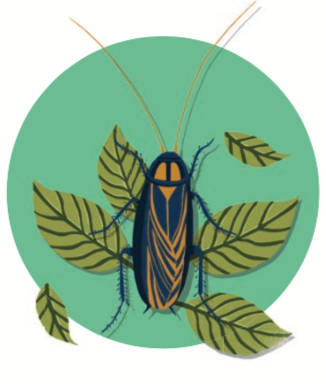
Cockroach
In Rwanda in 1994, a series of radio broadcasts called on the Hutus to execute their Tutsi neighbours, declaring them to be “cockroaches.” In the following weeks, 900,000 Tutsis were killed in what was called “Operation Insecticide.” The killers later described how the broadcasts led them to see the Tutsi as “filthy insects” that could be squashed with impunity. This wasn’t the first time insect imagery was used to dehumanise an enemy prior to slaughter.
In the run-up to the US bombing of Hiroshima and Nagasaki, the Marines’ magazine depicted grotesque vermin with Japanese faces. The accompanying text called upon the Marine Corps to “combat this pestilence” by ensuring the “breeding grounds around the Tokyo area [were] completely annihilated.” The US used the same strategy in Vietnam. One vet said afterwards, “I enjoyed the killing… it was like going out and stepping on a roach.”

Vegetable
The case of the baby Alfie Evans highlights how a single word can make a big difference. He is described as in a “semi-vegetative” state; doctors want his life support removed. A 1972 Lancet article brought the term “persistent vegetative state” into the medical discourse.
Scientifically, there are differences between plant and animal cells, which have nothing to do with consciousness. But once the term “vegetative” was in circulation, attitudes on assisted dying quickly shifted. n 1973, bioethicist Joseph Fletcher bemoaned “incorrigible human vegetables… eating up resources.” In 1976, philosopher John Lachs complained about the “human vegetables we sustain.” The shift culminated in the first “right to die” case in 1992, when a court agreed to remove Hillsborough victim Tony Bland’s life support.
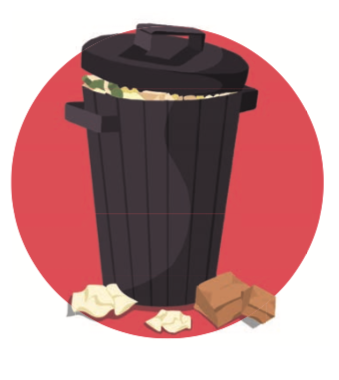
Trash
Court transcripts from 16th-century England describe criminals as “common trash,” while the term “white trash” emerged in the US in the early 19th century. Sarah Wilson, a victim of a grooming gang in Rotherham, said that teachers saw her as “white trash,” that the police saw her as a “dirty little prostitute,” while social workers looked at her like a “piece of dog shit.” Wilson’s pregnant elder sister was killed by one of the grooming gang and thrown in a canal.
The judge told the murderer that he “tossed [her] in the dirty water like a piece of rubbish.” Similar imagery is rife in much mainstream banter about the poor, who are often described as scum. Sometimes the grimy imagery is hidden in plain-sight—think of “sink estates” or “bog-standard comprehensives.”












